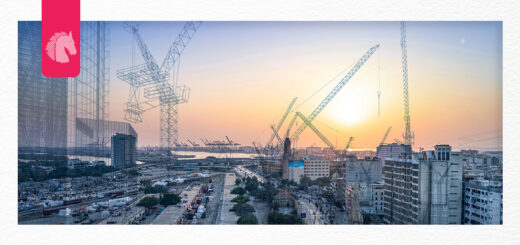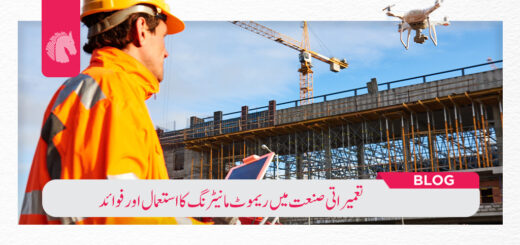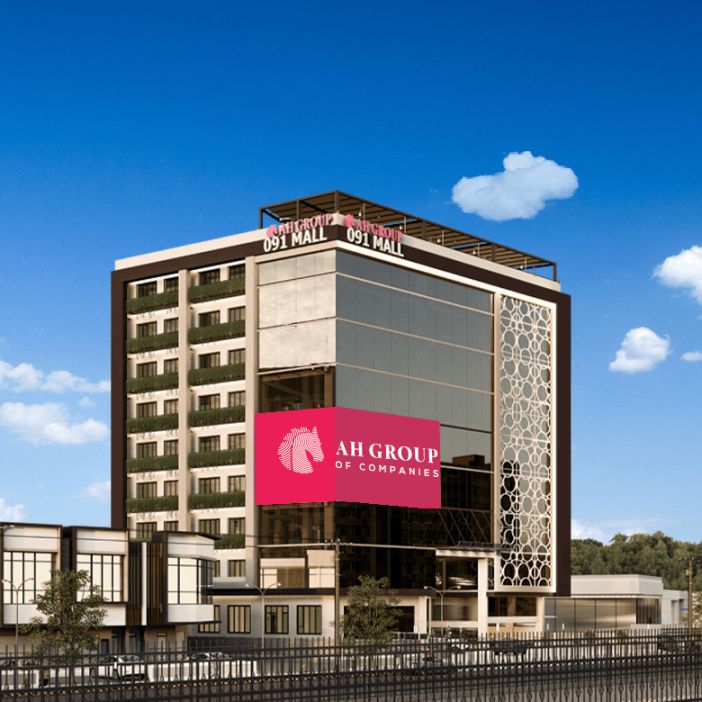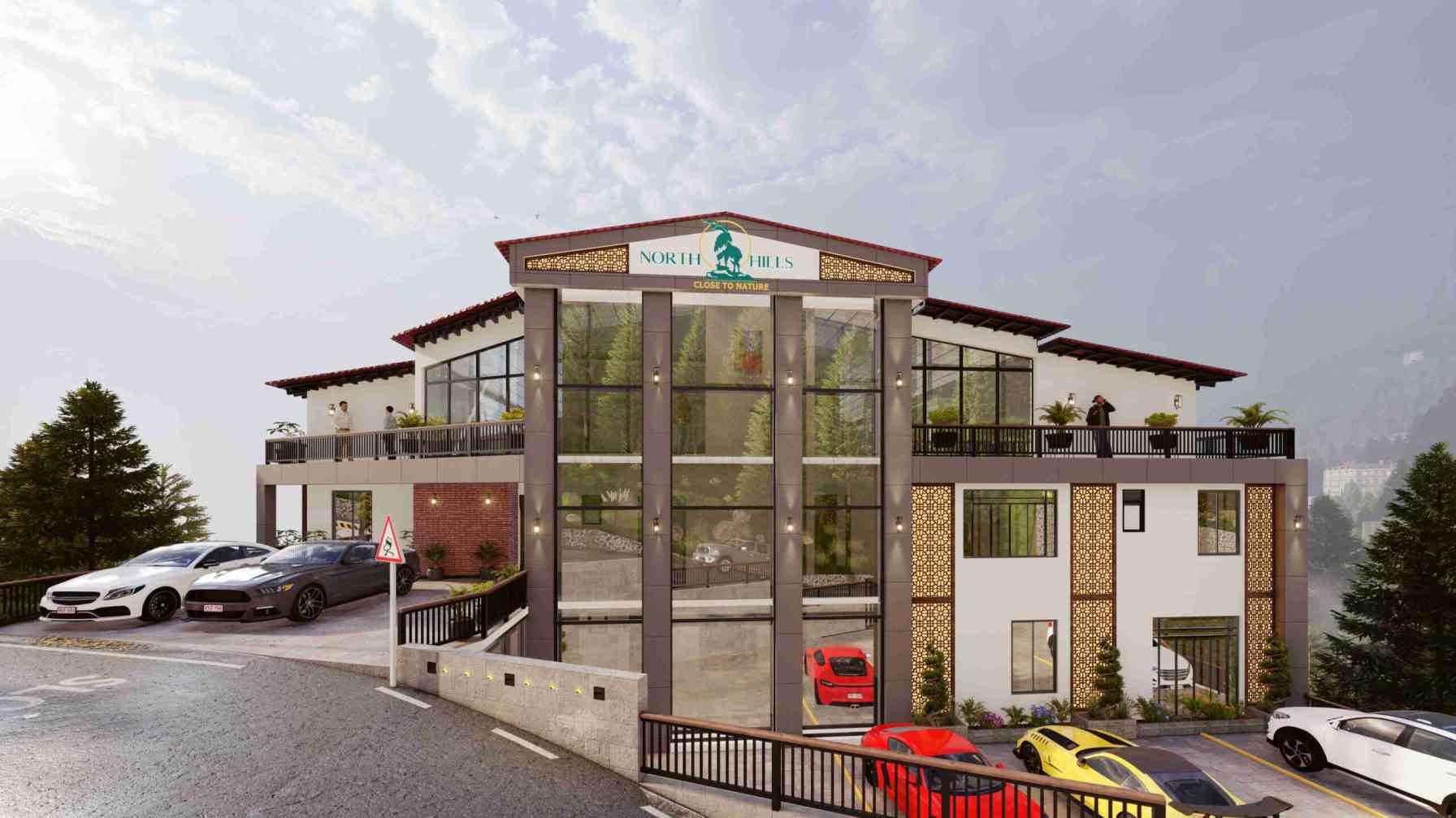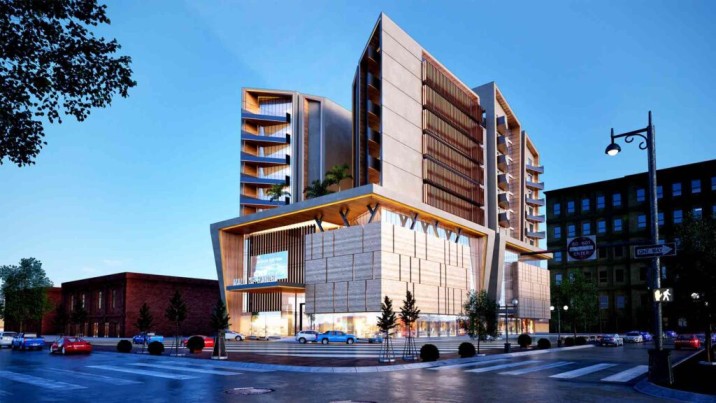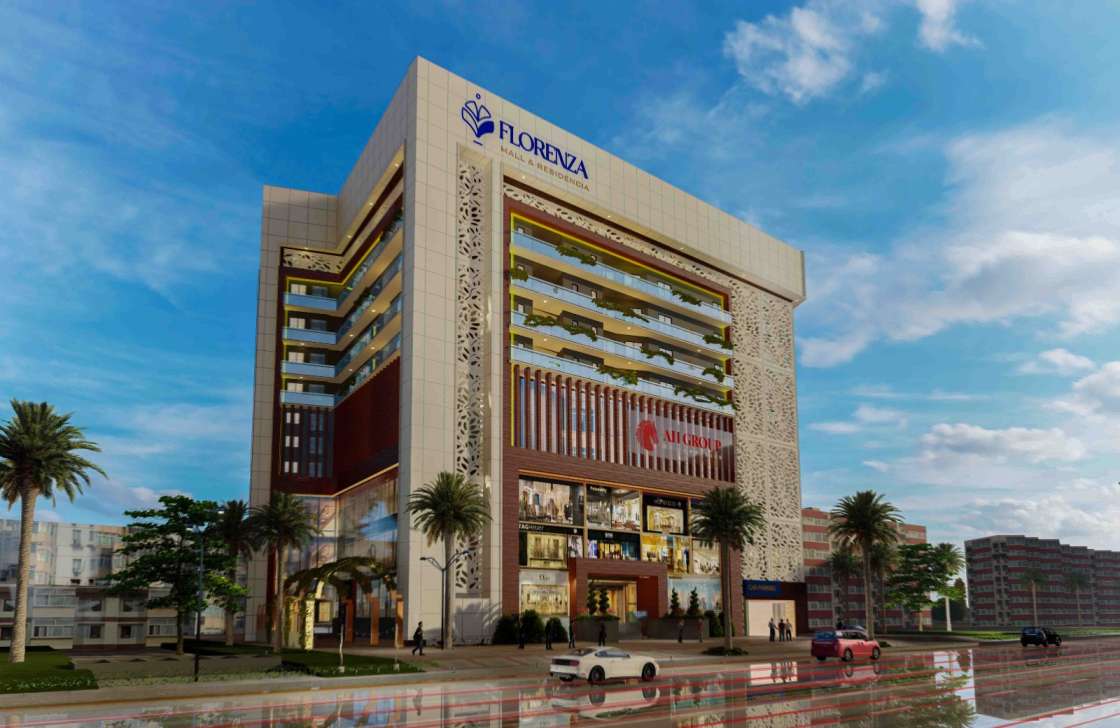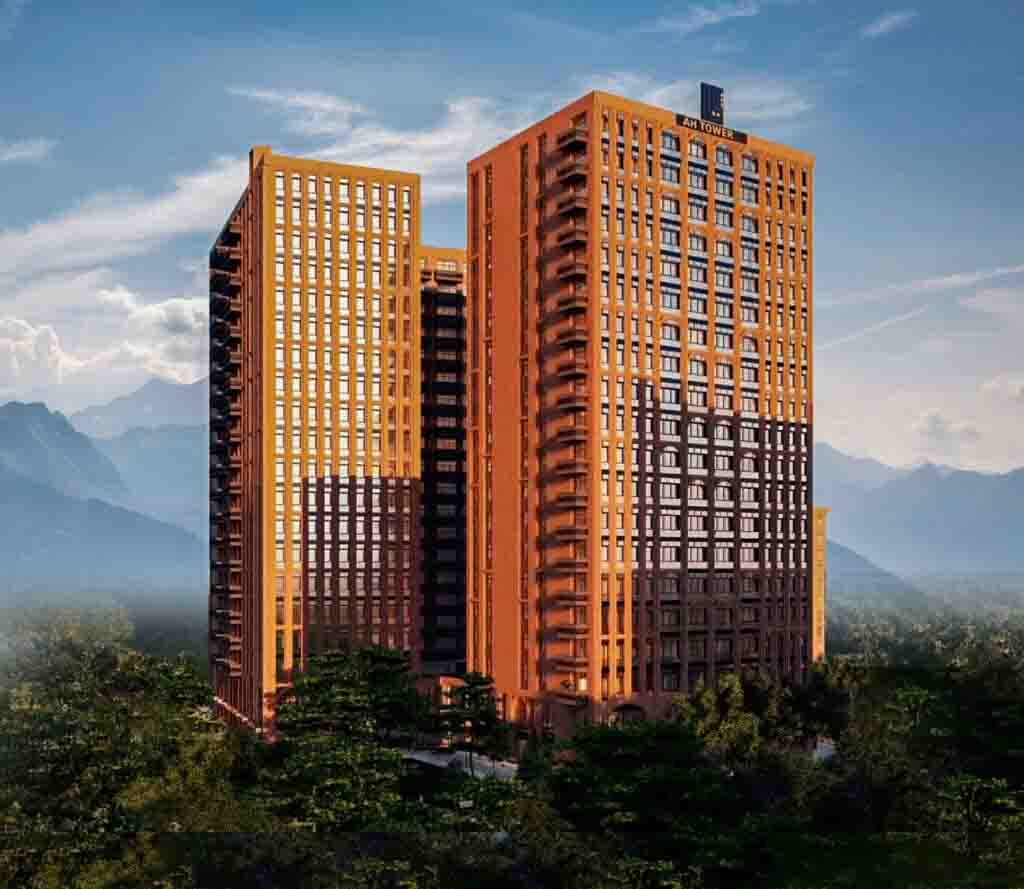Is 3D printing the new normal in construction?
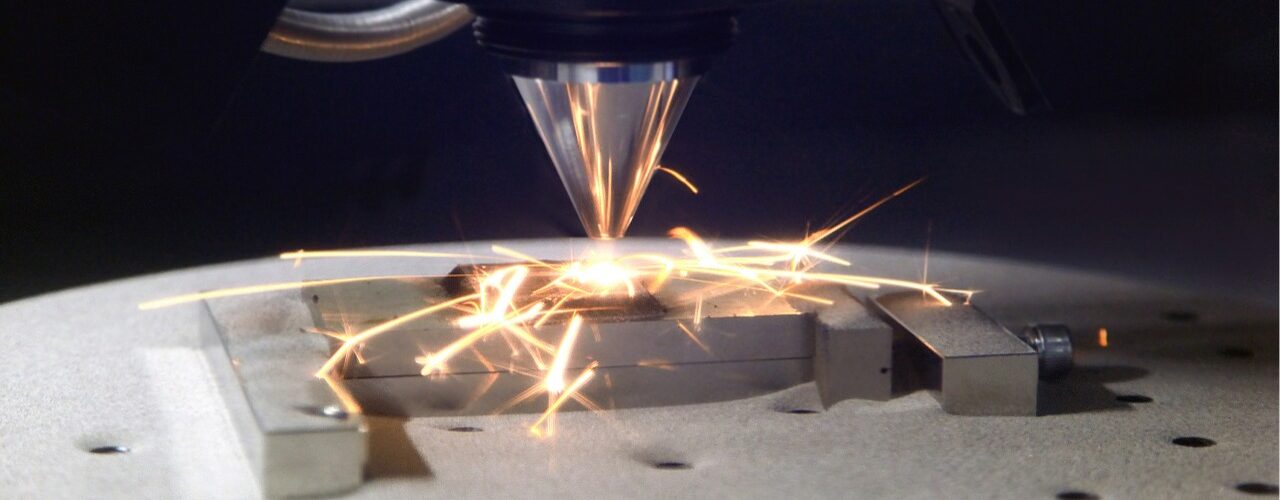
Construction in Pakistan was long overdue for an overhaul however, contractors are now working on embracing innovations and introducing new technologies. Over the past few years, construction in 3D printing in the West has been a big buzz for good reason.
The 3D printing technology is already making waves in the world and could be a game-changer to reshape construction in Pakistan as we know it. In the construction industry, the movement is gaining momentum and pace since humans began to stack up rocks to make shelters. Normally construction is typically thought of to be imprudent, extravagant, and unsustainable however the experts are steadily realizing the potential of 3D technologies and their impact on future construction.
What is 3D Printing in Construction?
3D printing is the automated sequential layering of materials to create three-dimensional shapes in a quick and cost-effective manner. This technology has proven beneficial in serving as a key long-term solution especially in the field of medicine, aerospace and the trade of toolmaking, and most importantly the construction sector. It could play a key role in project delivery.
The history of 3D construction is vague but this technology’s first entry into the construction industry was when a USC professor in 2004 attempted to 3D print a wall. Years after that a full canal house was built using this technology in Amsterdam. In 2019, NASA held for a design challenge to build a 3D printed habitat for space exploration and settlement which led to successful designs.
What are the benefits of 3D Printing?
Fast and accurate construction: 3D construction allows faster and more accurate construction of complex objects eliminating all workmanship errors
Reduced Material Cost and Environmentally Friendly: 3D printing in the construction industry saves a lot of production costs on material waste as well as proficient enough of using recycled materials helping benefit the environment. In this tech, only the amount of material needed is used, therefore that is eco-friendly and saves money. It also reduces supply costs and saves a lot of time. They have flexible and adjustable working hours and a lot faster than people.
Reduced Injury: The crucial benefit of 3D printers has presented to be a reduction in injuries to the laborers within the field. 3D printers will allow the apparatus to do the job, more machinery will be used instead of humans.
Quicker and Cheaper Construction: Where houses take years to complete, this tech will often finish a project in a matter of days. This will enable the contractors to maneuver on to other projects in a timely manner.
Better Durability: 3D printers are reckoned to contribute to the sturdiness of the structural elements partially because materials have been created in a durable and assembled manner.
Brand Improvement: The chief important impact of 3D printing is that the development industry has increased brand awareness.
According to a study of the 3D Printing Construction Market by material Type – Global Forecast to 2024, the 3D printing construction market is steadily growing in the US and it is expected to reach $1.5 billion by 2024.
Pakistan was facing an overall housing backlog of 10.3 million housing units in 2019 in which urban housing shortage was estimated to be around 3.4 million while rural housing was seven million. These existing housing conditions were characterized by overcrowding, inadequate sewerage, pollution and one of the prime reasons is poor building construction.
The Prime Minister’s Naya Pakistan Housing Scheme feels like a weight off the shoulders however construction of houses using the conventional and standard methods will consume a lot of time and would be work intensive for laborers. Implementing 3D printing would allow them faster and more accurate construction of complex or bespoke items as well as lower labor costs and produce less waste.

